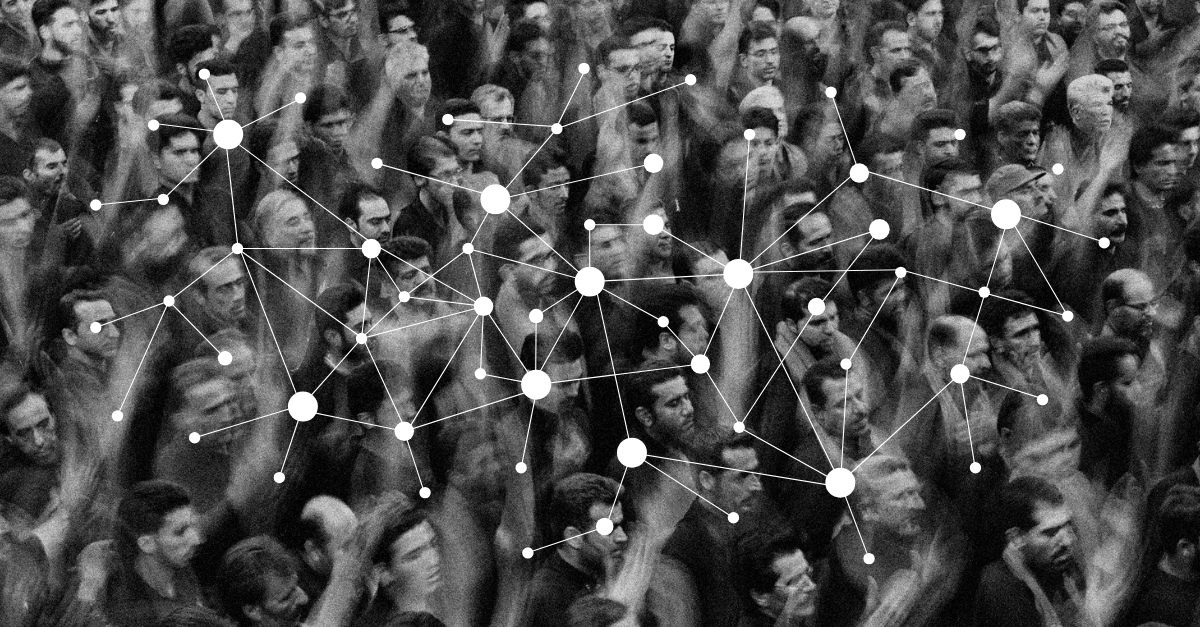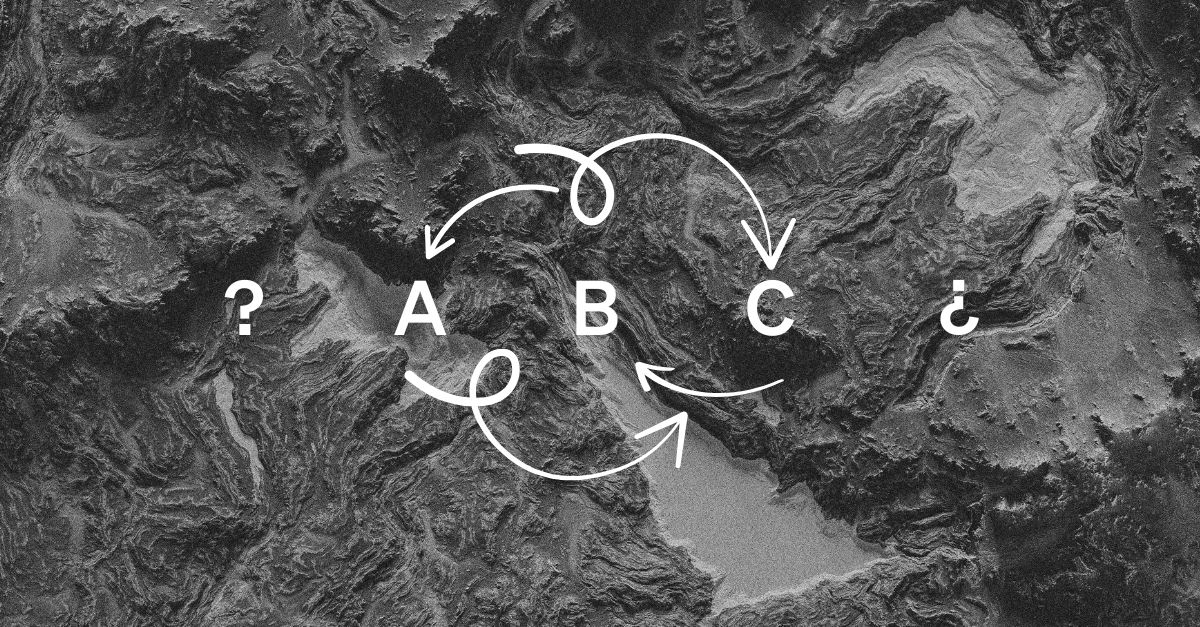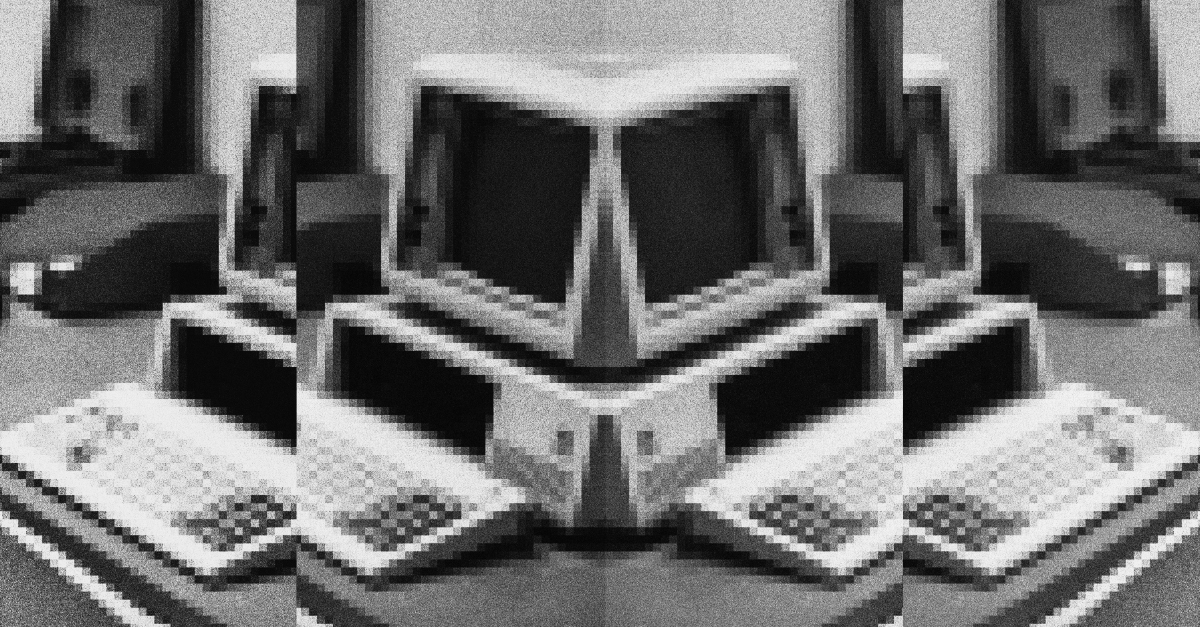Article Summary
Design isn’t just about pixels—it’s about context. Explore HOLO, a strategic design framework built to help teams frame the right problems and deliver lasting impact.
Key Points
Video
Full Article
The Need for a Holistic Design Approach in the Digital Era
Digital transformation has never been more urgent—or more challenging. Organizations across industries invest heavily in customer experience and product design, yet many initiatives fall short of their promises. Success rates are shockingly low—one survey found only about 12% of transformation initiatives fully achieve their intended outcomes. Often, the issue isn't technology but a failure to see the big picture. Siloed decision-making produces solutions that fail to account for the complex system around them.
Yet companies that embrace a more holistic, design-centric mindset are reaping the rewards. Research shows that design-centric firms dramatically outperform their peers—top performers saw 32% higher revenue growth and 56% higher shareholder return than competitors—and that every dollar invested in user experience can return as much as $100 in value. The lesson is clear: optimizing design isn't just about aesthetics or one-off projects—it's about aligning strategy, research, design, and technology toward a shared vision of value.
"Without a holistic lens, even great designs can fail when they hit organizational silos or shifting market landscapes."
To address this complexity, our team at Tennis realized we needed a framework to ensure no critical perspective gets overlooked in any project. We understood holistic design—considering human factors, business goals, technological trends, and organizational realities together—would be key to consistently delivering impactful results. Over years of practice and iteration, we developed a repeatable yet flexible approach that can be applied to everything from quick discovery sprints to multi-year digital transformation programs. We call this design framework HOLO. Its core purpose is simple: to help teams frame the right problem and solve it in a way that fits the whole ecosystem.
Introducing HOLO: Holistic Design Thinking Meets Systems Theory
HOLO stands for Humans, Objectives, Landscape, and Organization—the four pillars of our holistic design framework. The name comes from the Greek hólos (meaning "whole"), reflecting our conviction that design challenges must be understood in their entirety, not in isolation. HOLO is both a philosophy and a toolkit. It builds on classic design thinking principles and infuses them with systems thinking—prompting us to examine how each element of a problem interacts within a larger network.
In essence, HOLO encourages teams to act as both microscopes and telescopes: zoom in on individual user needs and pain points, then zoom out to survey the broader organizational and market context. This dual perspective is crucial in an era when design problems are intertwined with business and technology ecosystems. The industry itself is moving this way. The line between design and development is blurring, hybrid roles like design technologists are emerging, and AI-driven tools enable cross-functional creation on an unprecedented scale. In such a climate, a framework that systematically covers all bases isn't a luxury—it's a necessity.
Let's break down each pillar of HOLO and see how it contributes to a truly holistic UX strategy.
Humans: Designing for People, Not Averages
The first pillar, Humans, reminds us that real people are at the core of every design challenge. This goes beyond generic user personas and demands a rich understanding of multiple user segments and stakeholders. In any project, various groups may exist—customers, end users, employees, and partners—each with different needs, behaviours, and pain points. HOLO pushes us to capture and prioritize these diverse human perspectives from the start.
For example, designing a new e-commerce mobile app might typically focus only on the shoppers. HOLO, by contrast, also considers the store employees fulfilling online orders and the customer service reps handling post-purchase issues. By mapping these groups early, the team gains a fuller picture of the user experience. Often, this exercise reveals overlooked pain points—an internal workflow issue, for instance, that, if fixed, could also improve the customer experience.
In practice, the Humans pillar is about empathy at scale. It ensures we design for inclusion and real-world variability rather than an imaginary "average" user. Investing time in understanding all relevant humans in the system can prevent costly missteps later and lead to solutions that people readily embrace.
Objectives: Aligning Design with Strategic Goals
Every project operates under certain goals and constraints—that's where the Objectives pillar comes in. In HOLO, Objectives refer to both organizational objectives (high-level business or mission goals) and project-specific objectives (the immediate targets and KPIs of the initiative). Too often, there's a disconnect between what a design team creates and what the broader business needs. This gap can result in a usable and attractive product that doesn't move the needle for the Organization.
By explicitly surfacing objectives early, HOLO creates alignment among stakeholders—from executives and product managers to designers and developers. We ask pointed questions: What does success look like for this project, and how will we measure it? How does this initiative support the company's larger strategy? Making objectives clear and agreed upon ensures everyone is rowing in the same direction.
For instance, if a project's immediate goal is to increase online sales, but the company's broader objective is to boost long-term customer loyalty, HOLO helps balance both. A more precise statement could be: 'Teams should incorporate user experience features that enhance quick conversions and improve customer satisfaction, as evidenced by design metrics and user feedback.'
This pillar reminds us that design isn't just about creativity—it's about solving the right problem and delivering business value.
Landscape: Scanning the Environment and Trends
No design solution exists in a vacuum. The Landscape pillar urges us to examine the external environment surrounding a product or service. Think of this as a broad scan of industry trends, market standards, competitor offerings, and emerging technology. By defining the landscape, we set the context and boundaries in which our design will live.
In practical terms, this means researching what others in the space are doing, keeping abreast of new technologies or regulations, and understanding users' expectations from other products. For instance, if we're designing a digital banking platform, a Landscape analysis would look at fintech competitors, the latest mobile UX patterns for finance, relevant security and accessibility standards, and more. Identifying market gaps: Identifying market gaps can lead to innovative solutions.
Landscape is also about looking at the future horizons of technology and design. We continually ask: Where is the market headed? How might user needs evolve? By anticipating changes, teams can choose flexible technologies or features that address not just current demands but also tomorrow's. In short, HOLO's Landscape pillar keeps us aware of external forces so we don't design blind to our environment.
Organization: Designing Within Business Ecosystems
Organization looks at the internal structures, processes, and culture into which a solution must fit. Even a brilliant design will falter if the company isn't prepared to support it. This pillar forces us to ask: What workflows will this product affect? Do teams need training or new processes? How will it integrate with existing systems?
Designing with organization in mind requires a focus on both tangible and intangible elements to effectively identify and address roadblocks in organizational design. For example, a company's siloed departments may need better communication for a new service to succeed, or launching a customer-facing app may also require an internal tool for staff. By catching these needs upfront, HOLO helps prevent scenarios where a technically sound product fails due to internal friction or lack of adoption.
For example, suppose an AI chatbot is introduced for customer support. In that case, the Organization lens prompts us to plan how human agents will work with the bot, how it fits into existing support systems, and who will maintain its knowledge base. Otherwise, the chatbot might launch to fanfare but falter because the Organization wasn't prepared to support it.
Many digital initiatives fail not because technology is lacking but because the company hasn't "rewired" itself to absorb the change. HOLO's Organization pillar guards against this by ensuring design solutions have the operational and cultural support needed to thrive.
"A great design that doesn't align with your organization is like rolling out new software without training the team—promising, but likely to create more friction than value."
HOLO in Action: Scaling from Sprints to Transformation
HOLO is designed to be adaptable to various contexts and needs, reflecting its holistic approach to design. For a small engagement—say a one-week strategic discovery sprint—HOLO is a checklist to ensure we cover all angles quickly. Even in a tight timeframe, the team touches on each pillar (from identifying key user groups to reviewing internal readiness) so that no facet is overlooked. Conversely, for a large enterprise digital transformation, HOLO becomes the scaffolding for a multi-team program. Different departments may own different pillars—research leads the human work, strategy defines Objectives, and so on—but all efforts trace back to a common framework.
Using HOLO as a shared map keeps everyone aligned and prevents classic pitfalls (like building something users don't need or proposing changes the Organization can't support). HOLO provides a lens and a compass at every scale, helping teams navigate complexity without losing sight of anything important.
Conclusion: Designing for the Whole, Not Just the Parts
In an age of rapid change and rising user expectations, chasing quick fixes or focusing on one aspect of a problem is tempting. However, sustainable success in product design comes from seeing the bigger picture. Holistic UX means recognizing that a new product or feature lives within an ecosystem of people, goals, technologies, and processes. Neglect one of these, and the whole initiative can stumble.
Organizations can avoid common pitfalls and connect the dots that others miss by approaching challenges with a framework like HOLO. HOLO is more than an acronym; it's a mindset of keeping context and connections in view. It ensures that each part of a project reinforces the whole, leading to cohesive customer experiences and meaningful business outcomes.
HOLO serves as a design framework that emphasizes a holistic approach to strategic decision-making and problem framing. It is a repeatable toolset that brings strategic clarity to every innovation stage. With a holistic approach, you can create solutions that meet immediate needs and stand the test of time in a complex world.





